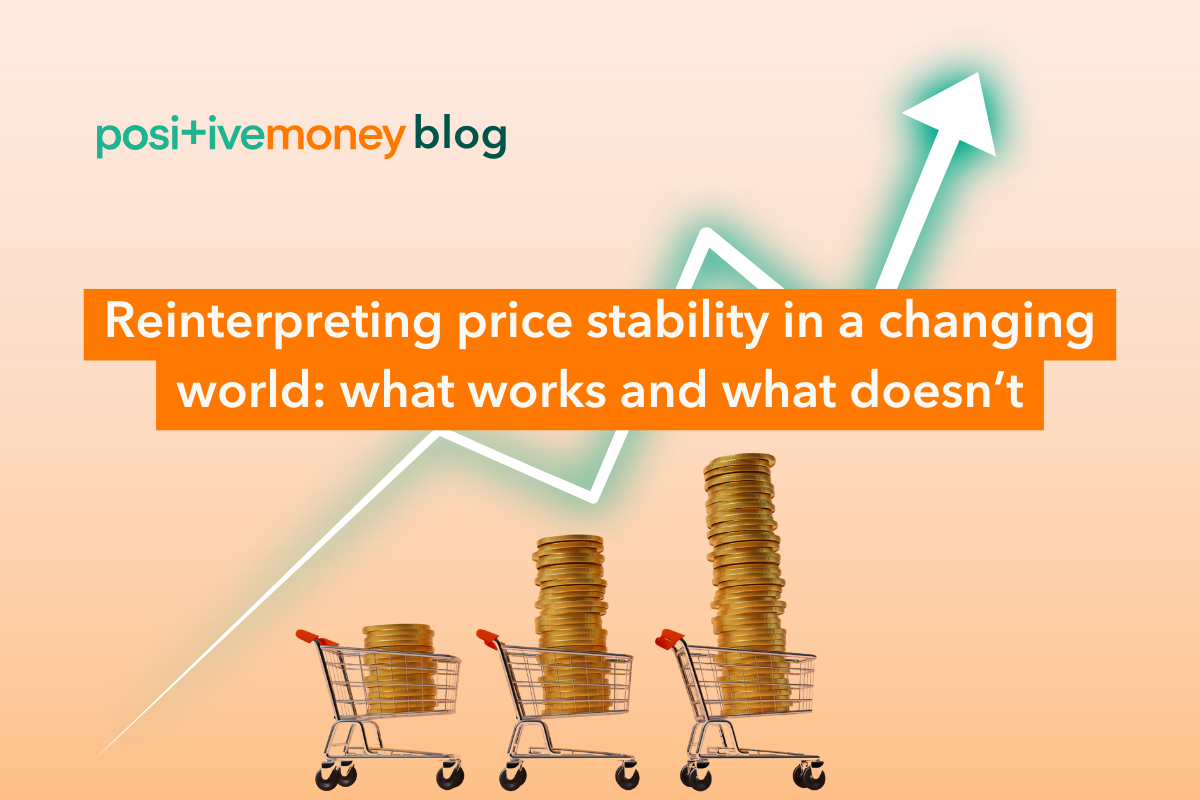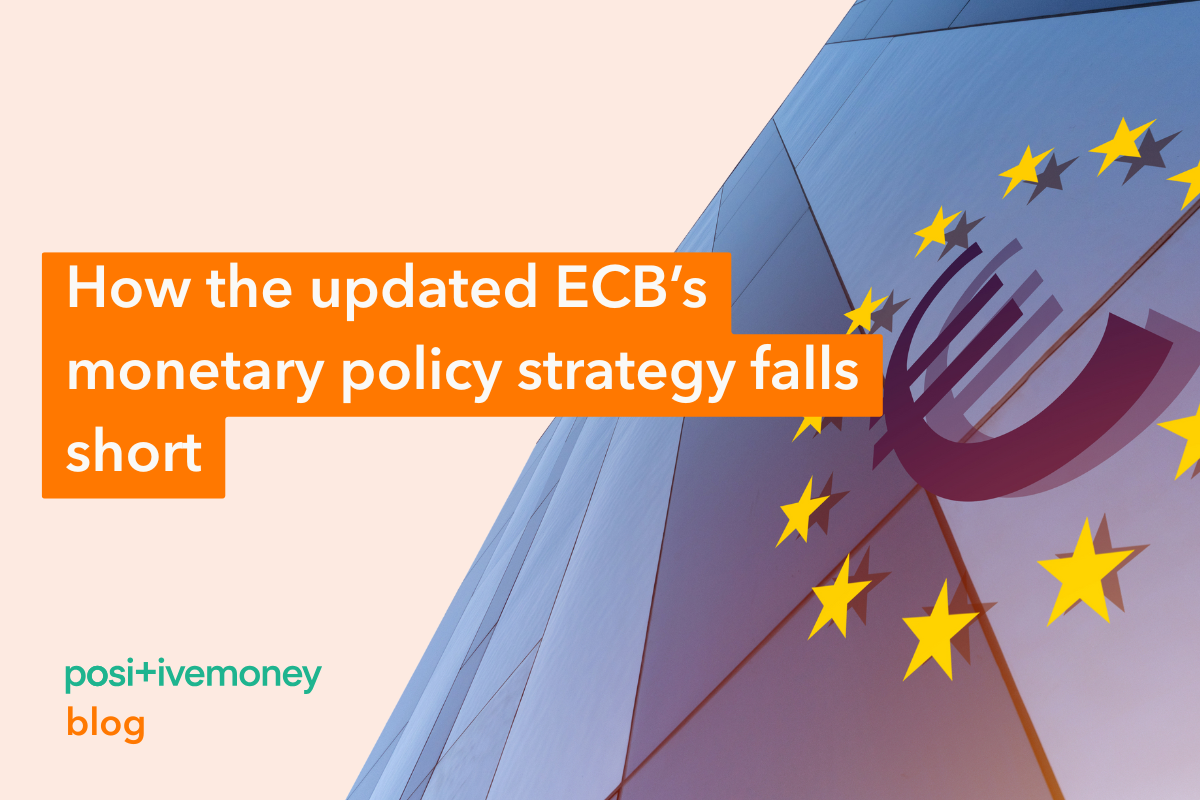
MacroeconomicsEU
18 December 2025
The latest update of the ECB monetary policy strategy was mostly a self-congratulatory exercise. As such, it was a lost opportunity to critically reflect on the past four years and consider whether its current approach is fit for today’s economic context.
On 30 June, the European Central Bank (ECB) assessed and updated its monetary policy strategy. While the ECB operates within the mandate established by the Treaty on the Functioning of the European Union, the Treaty grants the ECB discretion to define how that mandate is implemented. The ECB’s strategy sets out how the price stability objective is defined, as well as the instruments and the analytical framework used to achieve it. Therefore, the monetary policy strategy is critical in shaping the ECB’s policymaking.
The current strategy update served mostly as an assessment of the changes brought forward in the 2021 strategy review, whose major changes will be outlined below.
The 2021 strategy review was launched under the pretext of addressing a series of structural trends—such as globalisation or demographic factors—that, according to the ECB, were creating a persistently deflationary environment. From 2013 to 2019 inflation had been consistently below the ECB’s 2% target. Therefore, the ECB felt it was appropriate to adapt its strategy to that specific macroeconomic environment.
The ECB redefined its price stability objective to a symmetric 2% target, confirmed that unconventional monetary policy instruments—such as asset purchases or forward guidance—were an integral part of its policy toolkit, and updated its analytical framework.
In retrospect, the timing was quite unfortunate. After assessing that it was operating in a low inflation environment, where the “equilibrium interest rate” was at historical lows, inflation would rise to 10.6%, the highest level recorded in the euro area, leading to a sharp increase in interest rates. One might expect that such a drastic change in the macroeconomic environment would bring significant revisions of the ECB’s strategy.
Notwithstanding the drastic changes in macroeconomic conditions taking place in the last four years, the current strategy update did not bring much that was new to the table. It has been mostly a self-congratulating exercise, where the ECB positively assesses both its response to the 2022 inflation bout and the major changes introduced in the 2021 review.
In the update, the ECB outlines the heightened volatility in the current macroeconomic environment, driven by major shifts such as rising geopolitical instability. It assesses that these shifts result in an intensification of economic shocks, affecting inflation in both directions Notably, the ECB emphasises the need to react forcefully and persistently to such shocks to avoid the de-anchoring of inflation expectations. Moreover, its revised analytical framework will pay greater attention to risk and uncertainty, with scenario and sensitivity analyses playing a bigger role in guiding their policymaking going forward.
Looking at the past four years, it is quite clear that fossil fuel dependence was the single most important risk to price stability. In the first half of 2022, the increase in wholesale gas prices was close to 200%, which then led to a broad-based inflation. On top of that, the intensification of climate change caused by our fossil fuel consumption also contributed to increasing prices, and are set to become even more salient going forward.
The ECB response did not do much to address the actual source of inflation. To the contrary, the generalised tightening of interest rates disproportionately hurt critical sectors for the green transition. As capital-intensive and expanding industries, they are heavily reliant on financing conditions. Therefore, the ECB response was quite short-sighted, as it constrained the investments that are most needed to tackle the drivers of price instability.
As the economy becomes increasingly exposed to economic shocks, the ECB needs to ensure that these critical sectors are shielded from fluctuations in the rate of interest. On the one hand, the instruments adopted by the ECB need to be revised in order to adopt targeted interest rates across sectors. On the other hand, adopting a longer-term price stability definition would help move beyond this short-sighted approach, as the ECB would be assessing the long-term impacts of its policy on price stability.
The past few weeks underline the relevance of these risks. The increased geopolitical tensions in the Middle East have raised the prospect of another energy price shock. In the event of the widely discussed closure of the Strait of Hormuz, around one fifth of total global oil consumption and liquefied natural gas supply would be disrupted. According to the Oxford Institute for Energy Studies, Europe—which is now more reliant on LNG than it was in the past—would be disproportionately impacted by such an event. It is worth asking how the ECB would react to such an event under its updated strategy. The answer appears to be that, if anything, the ECB would likely raise rates earlier and more aggressively. This response would only intensify the short-sightedness outlined above, showing that there is a clear gap in the ECB’s current strategy.
Beyond its broader strategy, we identify two significant shortcomings in the current update. First, there is a lack of assessment of where the ECB fell short in implementing its 2021 climate action plan. To date, no concrete steps have been taken to green its collateral framework. Moreover, the decarbonisation of its portfolio of securities is currently on hold, given that the ECB’s green tilting approach is no longer feasible following the end of reinvestments. This update was a missed opportunity to critically reflect on these aspects and assess how they will be corrected going forward.
Second, the current emphasis on responding forcefully to inflation shocks brings to the fore the distributional impacts of monetary policy. While the 2021 review put the spotlight on the impacts of interest rate hikes on employment, stressing the importance of preventing those, the 2025 update shifts focus. It emphasises the need to respond forcefully so as to avoid inflation expectations getting de-anchored, with little attention paid to the potential distributive consequences. It is important to note that, in 2022, the ECB expected higher unemployment as a consequence of its policy response. The resilience in labour markets between 2022 and 2024 came as a surprise, driven mostly by labour-hoarding by firms. This state of affairs is not to be taken as a given the next time that the ECB raises rates aggressively when responding to an economic shock.
Given that the next update of the strategy review is planned for 2030, we believe that this was a lost opportunity to critically assess the last four years and adapt its policy strategy accordingly. A much more thorough revision was needed to adapt its policymaking to the current volatile context. This call for a fundamentally different approach is laid out more fully in our joint manifesto Stability Through Sustainability, developed together with over 40 civil society organisations.
